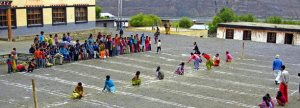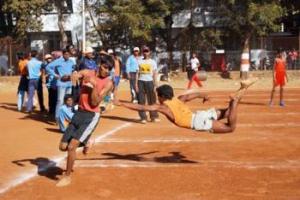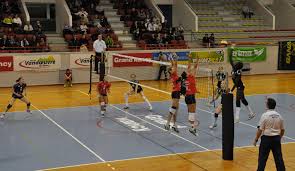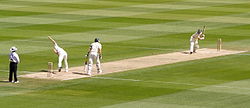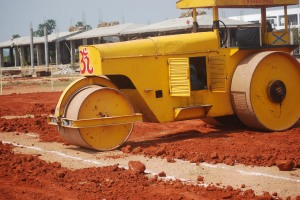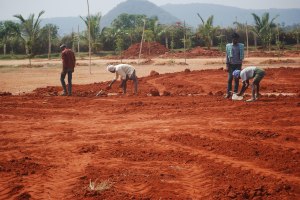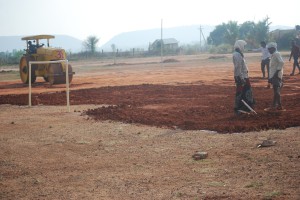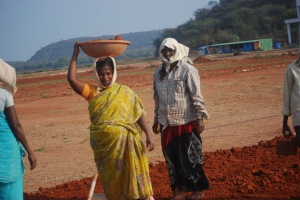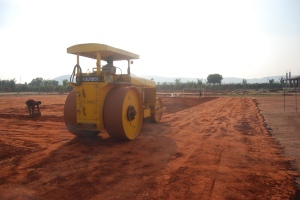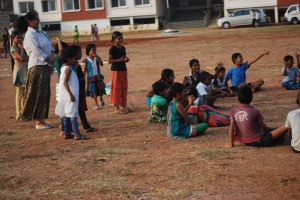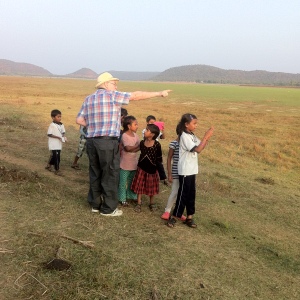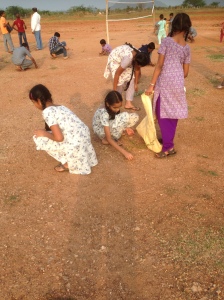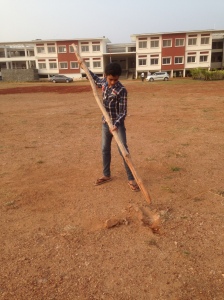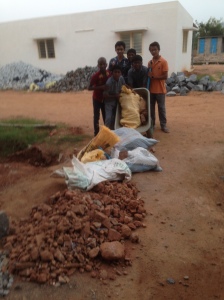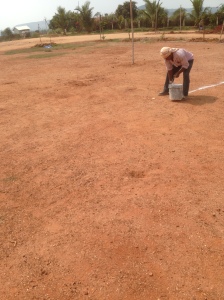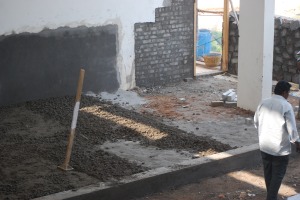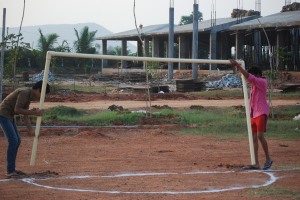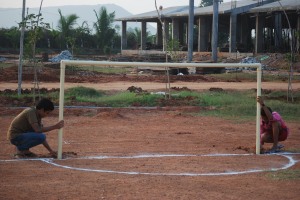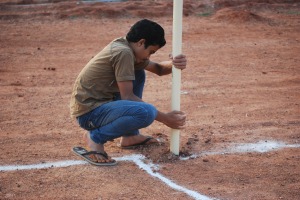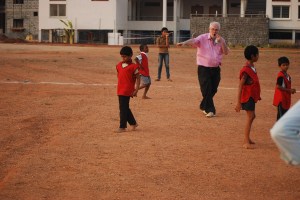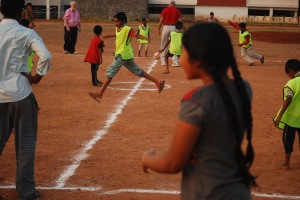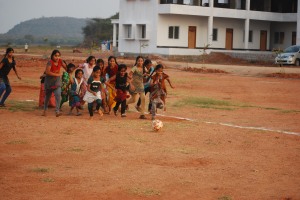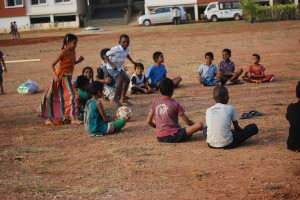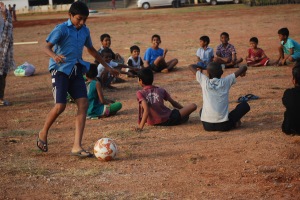An exciting new project is underway at Heal – a team of junior reporters has been assembled to give us their views of life at Heal Paradise.
We normally receive reports from staff and adult volunteers, and we wanted to hear from the children who live there, so thanks to School Head Sridevi and Deputy Lakshmi Bharath Songa, and Jayasree Devineni, we have assembled a team of seven (soon to be ten) cub reporters*
Here are details of our current team:
Sasi Praveen, Grade 10 student, expert in wet waste management, Heal radio participant and future agronomist.
Satish – School Head boy, completed Grade 10 student. Good at sports, maths and science, who appreciates Heal’s approach to learning.
Aravind – in Grade 10. ‘the quiet one’, who is good at studies and learning, and enjoys finding out new facts.
Lalitha Devi – in Grade 9. Loves drawing her friends and nature and a keen participant in the arts and crafts classes.
Kamalini – in Grade 10. A friendly person, who likes to mingle with everyone and enjoys reading books and novels and interested in science
Ravi Kiran – completed Grade 10 exams. An academic student, who loves maths and science. Inventor and Secretary of the robotics club, and school cabinet member.
Rishi – completed Grade 10 and proud of his progress at Heal and learning to organise himself. Enjoys games and good at maths.
* A ‘cub reporter’ is the name given to young reporters in their first job on a newspaper.
This is how they described their life in May at Heal Paradise Campus
PARADISE CAMPUS REPORT: MAY – 2020
Each member of our team concentrated on a different aspect of life at Heal.
The people at the Campus during May consisted of:
- Non-Academic Staff : 37
- Academic Staff : 5
- School students : 38
- College students : 6
- Total : 87 – Mas. U. Ravi Kiran – X
How our Day is……….
It starts with a nature walk, then mediation, yoga and mindfulness classes by Mrs Krishna Kumari.
During the day we are given training in Telugu, English and creative works including writing, drawing, singing, story writing, online classes, listening to stories, reading books, making cards, home cleaning and cooking and selecting the best parts from the waste. There is also peer teaching, hair cutting and getting supplies to the people who are self-isolating.
We play family games with the both the younger and older residents: musical chairs, tug of war, running races, old village games, cycling, and gardening – Mas. M. Sasi Praveen – IX
Pantry Department:
We provide the utmost care in feeding all the people at HEAL, taking serious precautions against COVID–19. Our kitchen department is continually on guard while doing the cooking, washing, cleaning and serving the food.
Those working in the kitchens are made aware of the need to continue to maintain regular hygiene to avoid the contamination, as well as the importance of providing a healthy diet.
In the morning we drink milk/ Ragi Malt with jaggery and take ginger and black pepper.
As it is the hot summer season, we eat watery vegetables: cucumber, radish, green bell peppers, cabbage, cauliflower, spinach, zucchini and drumstick. We also eat potatoes, carrots, beans, hemp, and Amaranthus leaves.
Our fruit diet fruit includes mangoes, watermelon, lemon water, water apple, ice apple, papaya, coconut, sapota, and palm dates.
Soups: Kashayam with spice – Mas. G. Satish & Mas. T. Rushi – X
Precautions and Extended services:
We are supplying the poor and handicapped in the neighbourhood, who were unable to earn their bread and butter because of Covid-19, with groceries, vegetables and rice.
To fight against COVID –19 Heal staff visited the nearby villages of Narsingapalem, Chinna Agiripalli, Agiripalli and our village Thotapalli to raise their awareness through microphone announcements and pamphlets in the local language. Public visiting places were sprayed with Sodium Hypochlorite every 10 days. The villages were also provided with 6500 masks, 2800 sanitizers and soap.
All is done with awareness on COVID -19, maintaining social distance and using sanitizers.
– Mas. D. Aravind – IX








